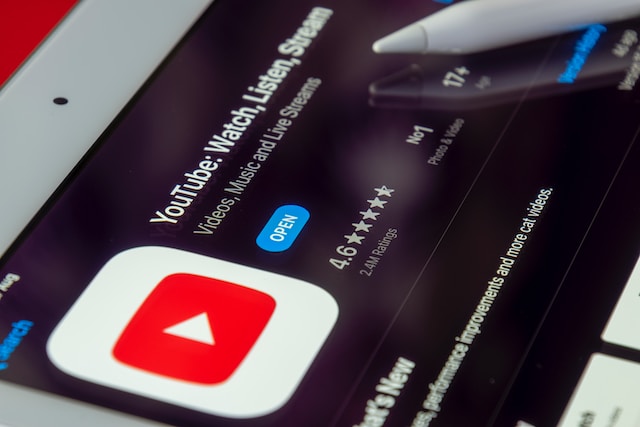How to Start a Live Streaming Channel: Tools, Tips, and Platforms for Beginners

Live streaming has become a popular way to connect with people. You can share your hobbies, teach skills, or even play games. If you want to start your own live streaming channel, this guide will help you. We will cover essential tools, helpful tips, and popular platforms to get you started.
Why Live Streaming?
Live streaming allows you to engage with your audience in real-time. It creates a sense of community. Viewers can comment and ask questions during your stream. This interaction makes it more personal. You can share your passion and build a loyal following.
Choosing Your Niche
The first step in starting your live streaming channel is choosing a niche. A niche is a specific topic you will focus on. It could be gaming, cooking, fitness, music, or art. The key is to choose something you love. This passion will shine through in your streams.
Once you have your niche, think about your target audience. Who do you want to reach? Understanding your audience will help you create content that appeals to them.
Essential Tools for Live Streaming
Starting a live streaming channel requires a few essential tools. Here’s a list of what you need:
1. A Good Computer or Smartphone
Your computer or smartphone is the heart of your live streaming setup. If you plan to stream games or high-definition content, a computer with a good processor and enough RAM is essential.
For mobile streaming, any recent smartphone should work fine. Make sure it has a good camera and microphone for quality video and audio.
2. Webcam or Camera
If you want to show your face while streaming, invest in a good webcam. A 1080p webcam is sufficient for most streamers. If you want higher quality, consider a DSLR or mirrorless camera. However, note that they may require additional equipment.
3. Microphone
Audio quality is crucial in live streaming. Viewers are more likely to leave if they can’t hear you clearly. USB microphones offer great sound quality at a reasonable price. Brands like Blue Yeti or Audio-Technica are popular choices.
4. Streaming Software
You will need streaming software to broadcast your content. Some popular options are:
- OBS Studio (Open Broadcaster Software): A free and powerful tool for live streaming. It offers many customization options.
- Streamlabs OBS: A user-friendly version of OBS. It has built-in features for alerts, chat, and more.
- XSplit: A paid option that is easy to use and comes with great features for beginners.
5. Good Internet Connection
A strong internet connection is essential for smooth streaming. Aim for an upload speed of at least 3 Mbps for 720p streaming. For 1080p, a minimum of 5 Mbps is recommended. Wired connections via Ethernet are usually more stable than Wi-Fi.
Selecting a Streaming Platform
There are several platforms you can use to host your live streams. Here are some popular ones:
1. Twitch
Twitch is primarily for gamers but has expanded to all types of content. It’s a great place to find an audience for your live streams. You can earn money through subscriptions and donations.
2. YouTube Live
YouTube Live allows you to reach a large audience and benefit from your existing channel. You can use it for various content types. You can monetize through ads and super chats.
3. Facebook Live
If you have a following on Facebook, consider using Facebook Live. It’s easy to connect with your audience directly. You can also share your stream in groups.
4. Instagram Live
For quick and casual streams, Instagram Live is an excellent option. It’s easy to use, and viewers receive notifications when you go live.
5. TikTok Live
If you have a following on TikTok, you can use TikTok Live. It’s a great way to engage with your audience in a different format.
Tips for a Successful Livestream
- Plan Your Content: Outline your stream in advance. Know what topics you will cover and any resources you need.
- Engage with Your Audience: Read and respond to comments during your stream. This interaction creates a better experience for viewers.
- Be Consistent: Set a streaming schedule and stick to it. Consistency helps build an audience.
- Promote Your Stream: Share your live streaming schedule on social media. Encourage your friends and followers to join.
- Practice: Do a test run before going live. Familiarize yourself with your equipment and software. This will help you feel more confident when streaming for real.
- Learn from Feedback: After your streams, ask viewers for feedback. Use their suggestions to improve your content and streams.
- Stay Authentic: Be yourself. Authenticity helps you connect better with your audience.
Conclusion
Starting a live streaming channel can be exciting and rewarding. With the right tools, a clear niche, and a good platform, you can create engaging content. Remember to be patient and practice regularly. It may take time to build your audience, but keep at it. Your passion will shine through, and soon enough, you’ll find your community online. Happy streaming!




